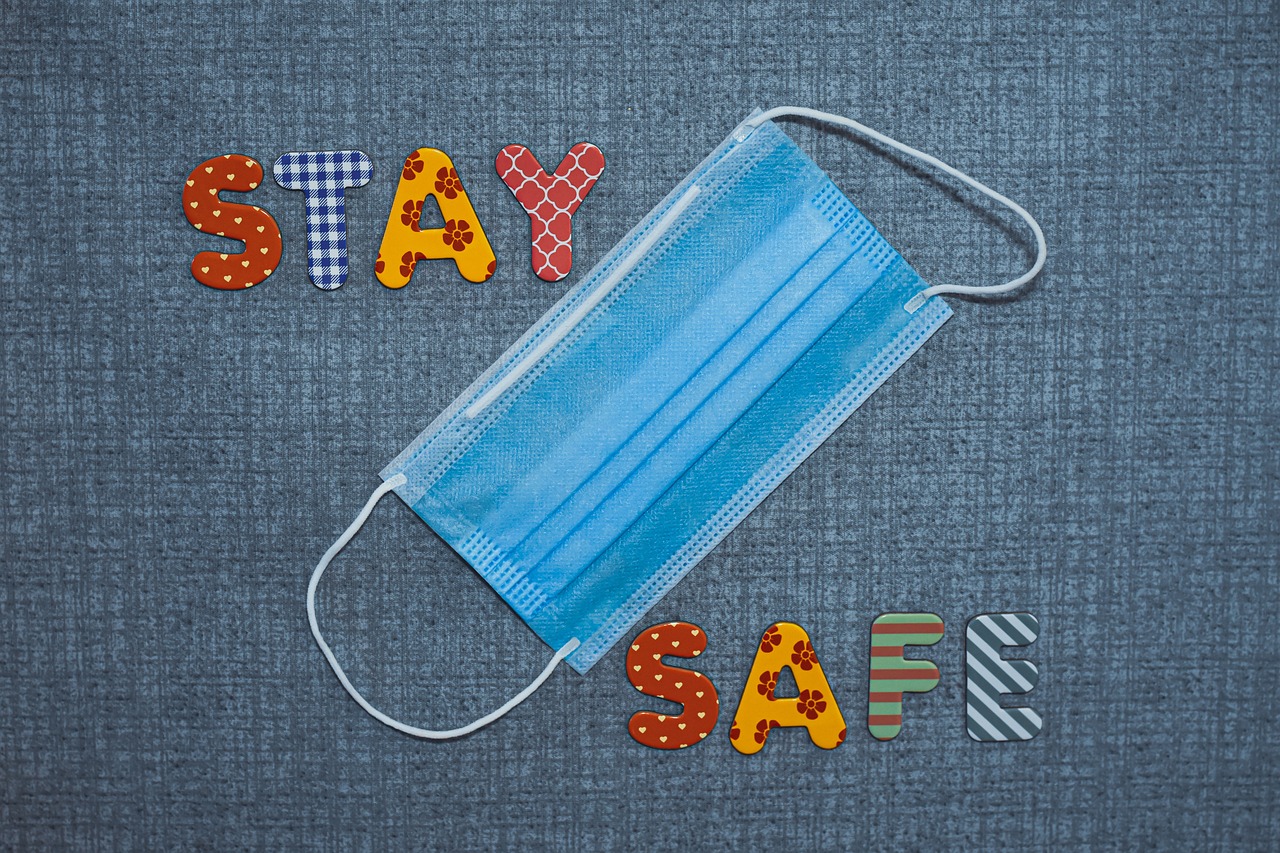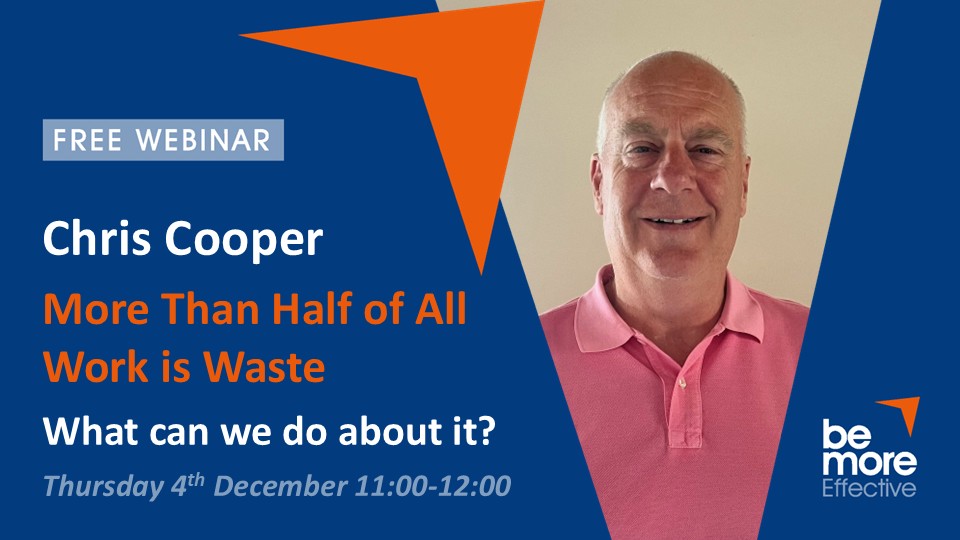Beyond the New Normal

Have you ever heard this?
“We’re experiencing higher than normal call volumes and wait times may be longer than usual. We apologize for the inconvenience. . . All of our agents are helping other customers. . . Your call will be answered as soon as possible. . . Your call is important to us . . . Please continue to hold.”
What usually follows are endless messages about how much faster it supposedly would be if you used their website, except that that’s not the case because your problem can’t be solved like that.
This unhelpful reminder is intermixed with an untold number of marketing messages and distorted “music” that’s played so loud that if you put your phone down you could hear it on the other side of the room. And then just when you think you might actually get to talk to a real person . . . it starts all over again.
Welcome to the new “normal.”
New Normal
The new normal appears to be longer wait times, whether it’s on the phone or online. Online, it’s assumed that your problems are just like everyone else’s, which is why you’re on the phone: Because they’re not.
The new normal doesn’t end there, however. It seems that companies are using things such as social distancing and work-from-home as a means to provide customers with less service, or at least a lower quality version of it, than they used to, though they’re still charging just as much as they ever did. It’s reminiscent of the days when the chocolate bar manufacturers not only raised their prices, but also made their products smaller.
The new normal has become a mantra for “we can’t be bothered to up our game. We’re ‘in this together’, and there’s nothing you can do about it.
Horsepuckey!
Is that what you think?
Do you measure your customer service on the basis of what everyone else is doing, or do you attempt to set the standard?
That’s really what this is about.
Do you really believe that the status quo is anything like a standard for excellence? Most other companies seem to think so.
And that means that you have a unique opportunity to stand out. You can stand out by providing better service than anyone in your industry or simply by serving your customers better; indeed, by serving them in the way that they were accustomed to before the “new normal” took hold.
When the workplace restrictions first came into force, everyone had to jostle a bit to figure out how to do business. But many months have passed since then, and far too many organizations still haven’t made any meaningful attempt to improve their customer service.
Instead, they seem to be waiting for their circumstances to improve.
The most profitable businesses don’t wait for anything to improve, nor do they hang around to see what everyone else will do first. Instead, they step out and create their own, new standard.
What will you do?
Circle of Concern
In his book, The Seven Habits of Highly Effective People, Stephen Covey talked about the Circle of Concern and the Circle of Influence.
Those who live in the Circle of Concern only see their limitations. They see what they can’t do, and they focus on it. In a nutshell, they dwell on the things that are outside of their control.
They routinely ask themselves what they’re allowed to do, given the constraints.
The fallout of the pandemic proves that this is where most organizations live. They accept that this is their lot in life and just carry on as if it will always be that way.
From the outset, you can see the problems with this approach. If you spend all your time and other resources on trying to function in an environment that’s largely outside of your control, then you’ll always be second-guessing yourself. You won’t commit to a path. Instead you’ll lurch from one to another, and in the process, you’ll use up what you have and accomplish precisely nothing. Like Henny Penny, you’ll brace yourself for the worst and implicitly or explicitly attempt to persuade others that it’s imminent.
Circle of Influence
Those who live within the Circle of Influence think in exactly the opposite way. They don’t start with their limitations. Instead, they start with what they want to accomplish. They believe, and act like they believe it’s true, that there is much more under their control than it appears. That means that they can still do much of what they wanted to in the first place. They just have to look for more creative ways. And the “funny” thing is that the more they think about what they want to do, the easier it is for them to figure out ways to do it.
Former US Army general, Colin Powell, once said that it’s easier to ask forgiveness than it is to ask permission.
Which mindset is true of you?
Do you run your organization as if there are many things under your control, or do you hunker down because “the sky is falling”?
The fact is that just because new restrictions exist in one form or another doesn’t mean that the needs of your customers have changed - something that organizations seem to have overlooked. If anything, customer needs have increased because they are suffering from the same restrictions. And so you have an opportunity to shine - to stand out - from the milieu - something that others will lack the courage to do.
Of course it could be that you are like most businesses, and the best you can do is to tell your customers that they’ll be waiting for longer than usual. If that’s the case, then it also means that you’re not trying and probably don’t want to. Instead, you’re hoping that you can do your work by using the same old methods that you used before the restrictions came into force.
Moving from the Circle of Concern to the Circle of Influence
You may be wondering how you and your organization can shift from the Circle of Concern to the Circle of Influence. Like anything else that requires you to swim against the current, it’s not easy nor is it obvious. You see the problem is that you’re dominated by input that emphasizes and reinforces the Circle of Concern. And so to mitigate its influence, you have to starve or at least ration how much of it you consume.
Think about the media, for instance. There was a time when the news, whether on TV or in the newspapers, meant what it said. For one thing, it was new, and for another it was simply a narrative. You were told what had happened.
Over the past couple of decades at least, the news so-called has become what journalists like to call analysis. Like most lies, however, analysis is only a partial truth. The other part is opinion; their opinion. And in a climate where you’re bombarded with information, they have to say what they think you’ll listen to.
That means that the headlines are more sensational, the interviews more provocative, and the stories misleading. The primary goal is to get you to listen to them. The news is incidental.
None of this does you any good because it forces you to stay within the Circle of Concern. All of it is designed to increase your worries so that you’ll want to find out more. And to do that, you’ll have to consume more of the same drivel that got you there in the first place. That’s why you feel as though you’re caught up in the current after someone has pulled the plug.
It doesn’t matter if the stories are about the economy, or politics here or abroad, or even the pandemic. Each of them is written in a way that hooks you into listening to or reading more of it.
Think of it like this: The media is using what they see as their Circle of Influence to limit you to your Circle of Concern. And the only way to fight it is to turn the tables on them. It’s to cut off its lifeblood.
How do you do that? By stopping yourself from consuming it in the first place.
Afraid that you won’t find out something important?
Rest assured that someone is bound to tell you. People love to talk about bad news.
It’s not enough, however, to simply cut yourself off from information that keeps you within your Circle of Concern. You also have to aggressively pursue the things that are within your Circle of Influence.
How do you do that?
By contemplating, meditating, and pondering the things that are under your control. You see, when you think about what controls you, then it narrows your options; but when you instead think about what you can control, it puts you in charge.
It’s not your circumstances that control you, rather it’s what you decide to do about them.
It has almost become a cliche to suggest that you need to be proactive, rather than reactive, but that is a critical difference between the two Circles. And you have to decide which one you’re going to be in. You can’t be in both. The Circles don’t form a Venn diagram. They are separate; mutually exclusive.
If you’re in the Circle of Concern, then you’ll always see yourself and your organization as a victim of circumstances, but if you’re in the Circle of Influence, then you’re actively looking for ways to be productive, come what may.
None of this is to say that you ignore the things that concern you. To do that would be to put your head in the sand. But recognizing your concerns and letting them control you are two entirely different things. It’s important that you don’t get them confused.
You must remember that to get past the new normal you want to improve for the sake of your customers, and to do that you must buck the status quo - that group of your competitors who see no way out.
In the Circle of Influence, you’re always thinking about what you can do, not what you can’t do. This isn’t a mere semantical difference. It’s real, though it may take some practice on your part to get the hang of it.
An important thing to recognize, however, is that the more you do, the more you’ll be able to do. You’ve seen this before in other areas of your life. When you push your physical limitations, gradually over time you’re able to do more.
Alain de Botton has said that “Anyone who isn't embarrassed of who they were last year probably isn't learning enough.” You could rephrase that to say that if you’re not embarrassed of what you did last year, then you’re probably not trying enough.
You either grow or die. You either improve, or your get buried by those who already are.
The market is crying out for organizations in both the public and private sectors to take the lead, to push beyond the new normal, and to provide their customers with the service that they deserve.
What about you?
Are you content to leave things as they are, to make do and to carry on? Or are you unwilling to put up with substandard service any longer?
For more information please send a message via the Contact Us Page. Or you can register for an upcoming webinar.


